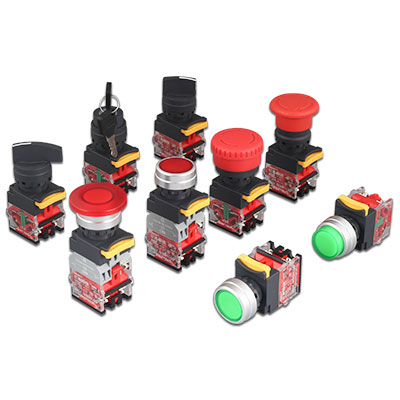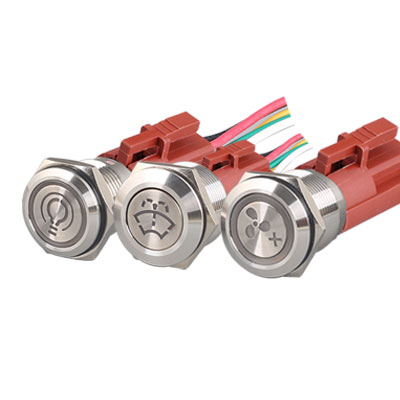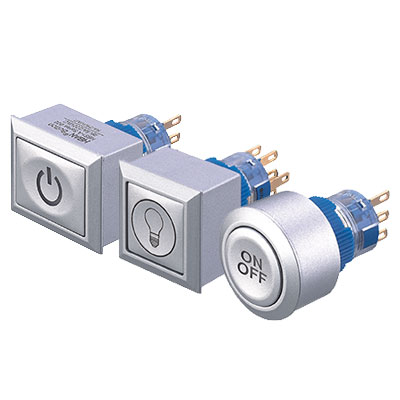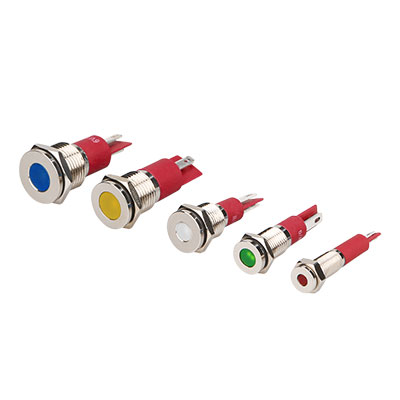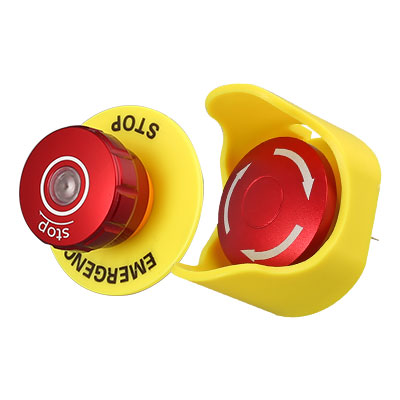Shenzhen Metro Line 20: Enter the Era of Fully Automated Driving
Shenzhen Metro Line 20: Enter the Era of Fully Automated Driving
On the morning of April 17, the first train of Shenzhen Metro Line 20 rolled off the line of CRRC Changsha. The train is the first rail transit vehicle in Shenzhen to adopt the highest level of autonomous driving technology, marking that Shenzhen's rail transit is about to enter the era of fully automated driving.
Fully Automatic Driving System and Aluminum Alloy Drum Body
The fully automatic driving system train adopts A-type aluminum alloy drum body. It consists of 8 vehicles in a formation, with 6 moving and 2 towing, and the maximum operating speed is 120km/h.
Advanced Functions and Vehicle-Vehicle Communication
The fully automatic driving system equips the trains with functions such as automatic wake-up, automatic departure, precise parking, and automatic detection. Shenzhen Metro Line 20 project is also the world's first application of vehicle-vehicle communication technology, which enhances the train's control process and greatly improves operation efficiency, safety, and reliability.
Ensuring Safety and Real-Time Monitoring
For the safety of fully automatic driving, the trains use an Ethernet control system for the entire vehicle. Additionally, it integrates comprehensive inspections including bow network inspection, tunnel inspection, boundary inspection, track inspection, and running department inspection. The system monitors the vehicle status in real time, providing a foundation for intelligent maintenance and earning the title of a "walking subway doctor".
All-Round Safety Protection
The trains are equipped with high-level safety (SIL4) core control components, including micro-motion ultra-short-stroke button series produced by Shanghai Hongbo Electric Co., Ltd. Other safety technologies include obstacle detection, vehicle-assisted anti-collision, end wall anti-collision, and derailment detection. The vehicle network security level is upgraded to 2.0, providing comprehensive safety protection.
Improved Comfort and Reduced Noise
The train incorporates measures to improve comfort, such as addressing pressure fluctuation and noise caused by high-speed operation. It enhances air tightness during tunnel entry and exit, uses sound-absorbing and noise-reducing materials on the floor and side walls, and designs overall air circulation to reduce noise.
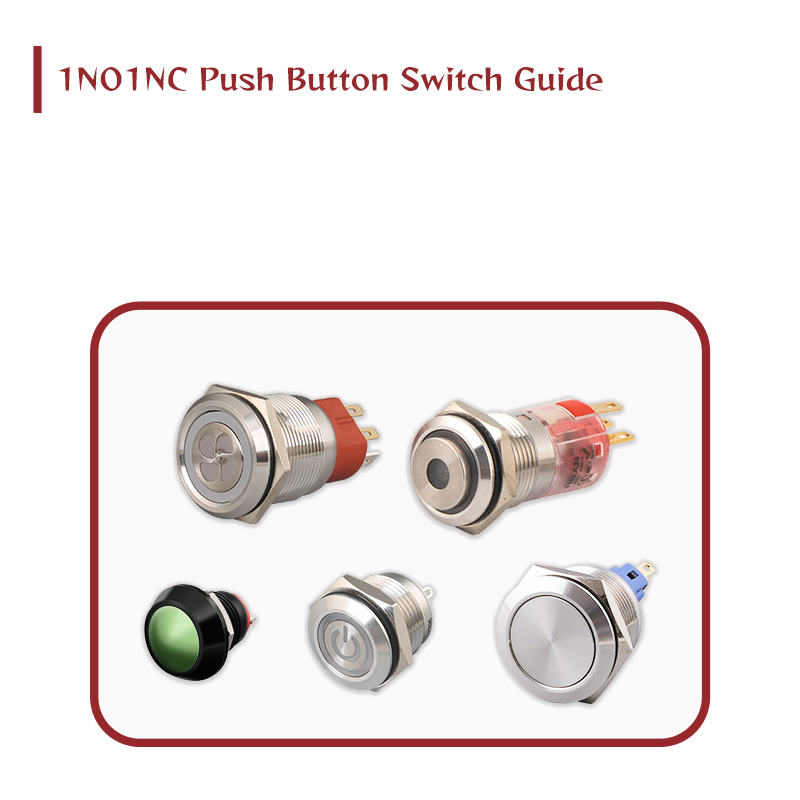 1NO1NC Push Button Switch Guide | HBAN Push button
1NO1NC Push Button Switch Guide | HBAN Push button
Upgrade your control system today with a reliable, space-saving
 Guide to waterproof push button switches that enhance equipment durability | HBAN Push button
Guide to waterproof push button switches that enhance equipment durability | HBAN Push button
 Discover The Surprising Benefits Of Using A Mushroom Push Button | HBAN Push button
Discover The Surprising Benefits Of Using A Mushroom Push Button | HBAN Push button
 Momentary vs maintained push button | HBAN Push button
Momentary vs maintained push button | HBAN Push button








